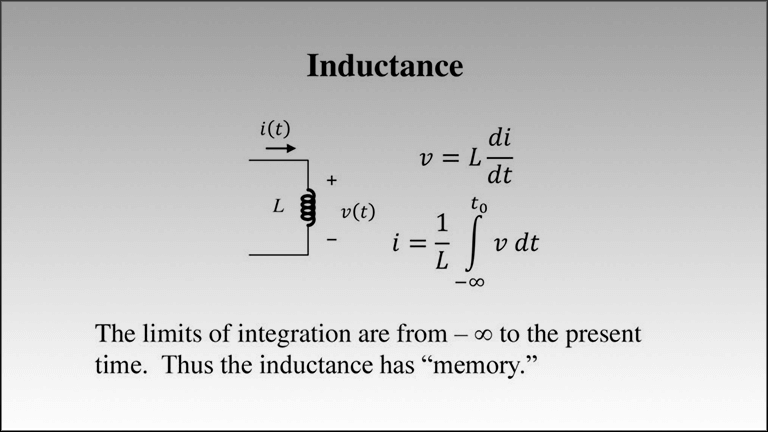A line reactor is an electrical component used to protect and improve the performance of electrical systems. It consists of coils and wire wound around a core made of iron or other magnetic material.
Line reactors come in different sorts like AC line reactors and DC line reactors. You should use line reactors to protect electrical systems, regulate voltage, improve power quality, prevent equipment damage, reduce costs, and enhance energy effeciency.
Basics Of Reactors (Line vs Load)
Reactor generally refers to a device used in various fields – including nuclear energy, chemistry, and electronics.
Both line and load reactors protect electrical systems and equipment. They are installed at different points in the circuit and serve slightly different purposes.
Line reactors are installed on the input side to protect against disturbances from the power source, while load reactors are installed on the output side to protect the load (typically a motor) and the drive controlling it.
How Does Line Reactors Work?
Line reactors work by inductance and impedance into the electrical circuit, which helps stabilize the power supply, reduce electrical noise, regulate voltage, and protect equipment from voltage fluctuations and harmonics.
Inductance Of Line Reactors
Inductance in line reactors refers to the coil of wire wound around a magnetic core to resist changes in the flow of electrical current. When a current (AC) passes through the coil, it generates a magnetic field around it. This magnetic field stores energy and opposes changes in the current, effectively slowing down the rate at which the current can change.
The amount of inductance in a line reactor depends on factors such as the number of turns in the coil, the core material, and the physical dimensions of the coil. Higher inductance refers to greater opposition in changes of the current.

In line reactors, inductance plays several crucial roles:
- Voltage Regulation: Inductance helps regulate voltage by smoothing out fluctuations in the power supply. When the current fluctuates, the inductance resists these changes, helping maintain more stable voltage.
- Harmonic Mitigation: Inductance helps filter out high-frequency harmonics, which are unwanted frequencies that can distort the power supply. By introducing impedance to these harmonics, inductance improves power quality.
- Current Limiting: Inductance limits the flow of current, protecting equipment from excessive current and preventing damage.
Overall, inductance in line reactors is essential for stabilizing the power supply, improving power quality, and protecting equipment from electrical disturbances.
3% Impedance Line Reactor
Impedance is like the total resistance that electricity faces in a circuit. It includes both the resistance from materials and the effects of components like coils and capacitors. A line reactor with a 3% impedance rating means that it provides impedance equivalent to 3% of the rated voltage at its rated current. This type of reactor offers moderate impedance, suitable for applications where a balance between the cost and performance is needed.
It helps reduce harmonics, limits inrush currents and stabilizes voltage, improving the overall efficiency and reliability of the electrical system. They are commonly used in various industrial applications, such as motor drives, power distribution systems, and renewable energy installations.
5% Impedance Line Reactor
A line reactor with a 5% impedance rating provides impedance equivalent to 5% of the rated voltage at its rated current. This type of reactor offers higher impedance compared to the 3% variant, providing better filtering of harmonics and greater protection against voltage fluctuations.
It is suitable for applications where tighter control over power quality is required or where the system is more sensitive to electrical disturbances.
Often used in critical industrial processes, sensitive equipment installations, and environments where stringent power quality requirements must be met.
Both 3% and 5% impedance line reactors play crucial roles in electrical systems by improving power quality, protecting equipment, and ensuring stable operation.
When You Are Required To Use Line Reactors
You should use line reactors in your electrical system when you want to protect your equipment and make sure your power supply is stable. Here are some situations where you should use line reactors:
- Line reactors protect equipment by stabilizing power supply.
- They prevent damage from sudden voltage changes.
- Line reactors clean up electrical noise such as harmonics.
- They limit energy surges that can harm electronics.
- Using line reactors can save money by improving efficiency.
So, if you want to keep your equipment safe, your power supply stable, and your energy bills down, using line reactors in your electrical system is a good idea.
Benefits Of Using Line Reactors
Line reactors offer a range of benefits for an electrical system. Line reactors help mitigate power factor issues, improve overall system efficiency, reduce electromagnetic interference (EMI) and radio frequency interference (RFI).
Line reactors enhance the performance of Variable Frequency Drives (VFDs) and Motor Control Systems. It enables smoother operation of machinery and equipment, protecting any damage caused by voltage surges and transients.
Conclusion
In conclusion, using a line reactor is essential for protecting your equipment, improving power quality and ensuring reliability & performance in electrical systems. By investing in line reactors, businesses can safeguard their equipment, optimize operations, and reduce long-term operating costs.

